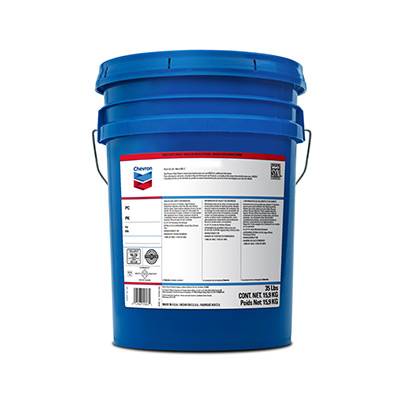Oct . 12, 2024 19:10 Back to list
Guidelines for Proper Sizing of Control Valves in Process Applications
Understanding Control Valve Sizing Standards
Control valve sizing is a fundamental aspect of process engineering that ensures the efficient regulation of flow in various systems. Proper sizing is crucial not only for maintaining optimal operational performance but also for enhancing the safety and reliability of process plants. To achieve this, engineers rely on established control valve sizing standards that help guide their design and selection process. This article will delve into the importance of these standards, the mechanics behind them, and how they contribute to effective fluid control in the industry.
The Importance of Control Valve Sizing
Control valves play a vital role in managing the flow and pressure of various fluids, including gases, liquids, and steam in industrial applications. Correct sizing of a control valve is crucial for several reasons. An undersized valve may fail to provide adequate flow or cause excessive pressure drops in the system. On the other hand, an oversized valve may lead to poor control accuracy, increased wear and tear, and system instability. Therefore, achieving the right size is imperative for operational efficiency and cost-effectiveness.
Control Valve Sizing Standards
Control valve sizing is governed by several industry standards, the most recognized being the ISA 75 standard, which provides guidelines on the sizing and selection of control valves. This set of standards offers a systematic approach to determining the appropriate valve size based on various parameters, including the fluid type, flow conditions, and required performance specifications.
The ISA 75 standard includes flow coefficient (Cv) calculations, which are crucial for understanding the flow capacity of a valve. The Cv value defines the amount of fluid (in gallons per minute) that can flow through the valve with a pressure drop of one psi. By using this value, engineers can evaluate the performance of a valve under specified conditions, thereby enabling them to make informed decisions during the selection process.
Factors Influencing Sizing
Several factors influence the sizing of control valves, including
control valve sizing standard

1. Fluid Properties The physical and chemical properties of the fluid—such as viscosity, density, and temperature—play a significant role in determining valve size. For example, viscous fluids require larger valves to maintain flow rates compared to less viscous fluids.
2. Flow Conditions The anticipated flow rate and pressure drop across the valve must be assessed. Steady-state vs. dynamic flow scenarios will yield different requirements for valve sizing.
3. System Configuration The overall piping layout, including any bends and fittings, can impact flow characteristics and, subsequently, valve sizing.
4. Control Requirements The desired level of control accuracy and response time will also inform the choice of valve size. Certain applications may require more precise control, necessitating a specific valve design.
Calculating Valve Size
The calculation process begins with determining the flow requirements of the system. This involves measuring the maximum and minimum flow rates, along with the pressure drops across the valve and piping. Armed with this data, engineers can utilize the equations set forth in the ISA 75 standard to arrive at an appropriate Cv value and subsequently determine the valve size.
Conclusion
The process of control valve sizing is a critical component of process design that directly affects operational efficiency and reliability. Adhering to established sizing standards such as ISA 75 ensures that engineers have a framework to guide their decisions, addressing the unique requirements of each application with precision. By understanding and applying these standards, industries can optimize their fluid control systems, leading to enhanced performance, reduced operating costs, and improved safety in their operations. Whether dealing with simple mechanical systems or complex industrial processes, proper valve sizing remains an essential practice that cannot be overlooked.
-
Types of Thread Gauge BSP Parallel DesignNewsAug.04,2025
-
Ring Gauge Cylindrical Check ApplicationNewsAug.04,2025
-
Machinist Gauge Pins GCr15 MaterialNewsAug.04,2025
-
Gate Valves for Sale Sewage System UseNewsAug.04,2025
-
Control Valve EPDM Seal MaterialNewsAug.04,2025
-
Cast Iron Y Type Strainer Flange Cover DesignNewsAug.04,2025
Related PRODUCTS









